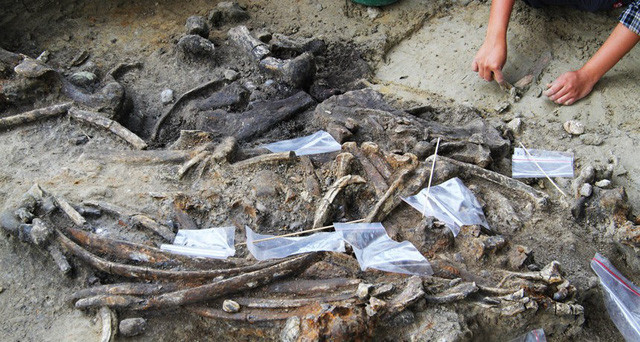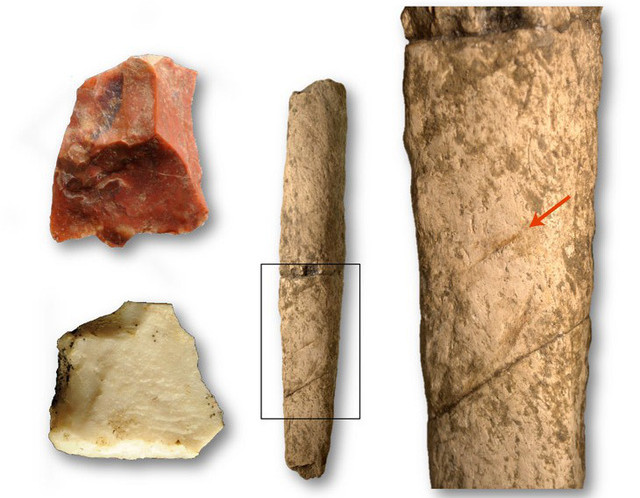Evidence of the arrival of Philippine islanders 700,000 years ago
According to scientists' writings, scattered stone tools in heaps of hippopotamus show that they came to the Philippines archipelago about 709,000 years ago.
According to the research team, Homo ( Stone name of Chi Chi) Stone Age species crossed the ocean from the Asian continent to the Philippine Islands - capable of traveling on original trees or some kind of vessel. - perhaps also moved to the islands further south. Evidence of ancient family names was found on several Indonesian islands, including the fossilized human remains on Flores island and ancient stone tools on Sulawesi island.

On this archipelago, more than 400 animal bones and 57 stone artifacts were found.
But researchers have not found long-term evidence of them on the Philippine Islands to imagine such a journey - until now. At an excavation site in the northern Kalinga enclave in the Philippine Islands, more than 400 animal bones were found, including a nearly complete hippopotamus, and 57 stone artifacts.
According to archaeologist biologist Thomas Ingicco from the National Museum of Natural History in Paris and colleagues, slashes and smashes on 13 hippopotamus bones are the result of choking flesh and marrow. Other fossils are of brown deer, iguanas, fresh water turtles and extinct creatures, which look like elephants called Sword Tooth Elephants.

Stone tools (on the left) created flesh marks (arrow shapes) on a hippopotamus bone (middle image and close-up image on the right) about 709,000 years ago in the Philippine Islands - (Photo from T . Ingicco) .
Data measuring the decay and accretion of radioactive elements in Kalinga soil and an unearthed hippopotamus indicate that fossils date to about 709,000 years, adding about 68,000 years.
Previously, the earliest evidence of the surname in the Philippines archipelago was a 66.700-year-old human toe bone. It is not clear whether the ancient people who inadvertently donated that toe bone to science were the descendants of those who killed the 700,000 year-old hippopotamus or came from a population that came to the Philippine Islands later.
- Philippine Navy saves sea turtles
- Durian storms entered Philippine waters
- Philippine capital sinks in the water because of storm Pabuk
- 'Diamond evidence' about the event 1.3 million years ago
- Skype will have a serious competitor?
- Discover more patients infected with MERS in the Philippines
- Typhoons and floods devastated the Philippine capital
- New evidence for the theory of meteorite exploding
- Evidence of a neck brain surgery
- Philippines officially established space agency
- Evidence of alien existence
- Alien life can be found in the next 30 years
 Discovered an ancient centipede fossil 99 million years old
Discovered an ancient centipede fossil 99 million years old Discovered bat-like dinosaurs in China
Discovered bat-like dinosaurs in China Discovered a 200-year-old bronze cannon of the coast
Discovered a 200-year-old bronze cannon of the coast Discover 305 million-year-old spider fossils
Discover 305 million-year-old spider fossils